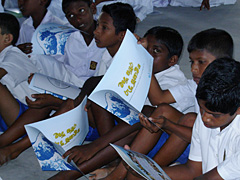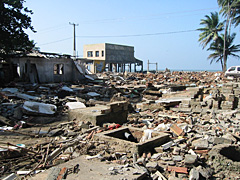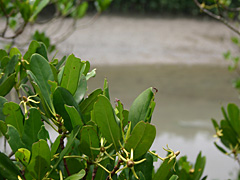Table1: Targets to be achieved under each Priority Theme
| Priority Themes | Targets |
|---|---|
| A. Water Financing and Capacity Development | To increase targeted investments for water and sanitation infrastructure and for human resources development |
| B. Water-related Disaster Management | To drastically reduce the vulnerability of human populations to water-related disasters |
| C. Water for Development and Ecosystems | To conserve and restore land-water interfaces for the improvement of water productivity |
Achieving progress under each of the Priority Themes will be the driving force behind APWF’s activities, as these will provide direction for the KRAs. APWF will monitor and report regularly the progress made towards each of the Targets, along with a roadmap for the way forward.
1.Water Financing and Capacity Development
To increase targeted investments for water and sanitation infrastructure and for human resources development…

With several of its countries in transitional economies, the Asia-Pacific region is expecting unprecedented economic development over the coming decades. When combined with population growth, the development of emerging national economies is likely to increase pressure on already stressed water resources. However, if supported by the necessary political will and institutional frameworks, this anticipated growth can provide opportunities for financing water related infrastructure and human capacity development. In lesser developed countries where the need for new infrastructure is greatest, additional investments will be required in education to improve operation and maintenance, and in further improvement of existing infrastructures. Furthermore, investments in new infrastructure should be combined with increased investments in education in order to enable people to use the new infrastructure at full value. As a result, existing funding sources will need to be expanded and greater efforts will be required to attract new sources and to develop innovative financial mechanisms. Therefore, priority should be given to programs that invest in capacity development for people and institutions and build self-reliance.» Concept Note (PDF: 937KB)
2. Water-related Disaster Management
To drastically reduce the vulnerability of human populations to water-related disasters…

Between 2001 and 2005, an average of 62,273 people were killed annually by water related disasters in the Asia-Pacific region, and vulnerability to water-related disasters remains high across the region, from flash floods and landslides in mountainous areas to monsoon-related flooding in deltas. The plea from the Hyogo Framework for Action 2005-2015(*4) , to halve the number of deaths caused by water-related disasters, could be considered as a target for the region. Enhancing preparedness, through better early warning systems, strengthening regional co-operation, increased awareness and community involvement throughout the region are central to addressing this Priority Theme. The increasing risks that climate change poses on the ever-growing regional populations, especially in coastal urban areas, make action all the more urgent. Furthermore, small island states, especially in the Pacific, are highly vulnerable to climate extremes and overall climate variability. Pre-emptive efforts are needed to build resilience within communities and protect the livelihoods of the most vulnerable, especially women and children. Structural measures are not always infallible, and when extreme events exceed the design criteria of the structures, human casualties remain probable. Therefore, the APWF will look beyond coping with the hazard and also pay attention to reducing vulnerability. And the key to reducing vulnerability lies in increasing preparedness through pre-emptive activities: early warning systems, raising awareness and evacuation planning.» Concept Note (PDF: 69KB)
3. Water for Development and Ecosystems
To conserve and restore land-water interfaces for the improvement of water productivity…

Healthy aquatic ecosystems provide tangible economic and social benefits. Protecting zones at the land-water interface like mangroves, paddy fields, wetlands, and forests not only increases ecosystem health, but may also provide extra protection against some disasters and saline intrusion, help groundwater recharge, and improve overall quality of life. In the Asia-Pacific region, the importance of “natural water” as part of the environment has been embraced by many cultures throughout history. Unfortunately, through the course of modernization, far too many water courses have been dramatically “denaturalized”. Surface water restoration is not only good for the environment and the integrity of the water resources themselves, it can have tangible social benefits as well, from reducing flood vulnerability to increasing the overall quality of life of all the people who live in or frequent the area by providing them with new areas of natural beauty for recreation and relaxation.» Concept Note (PDF: 105KB)
